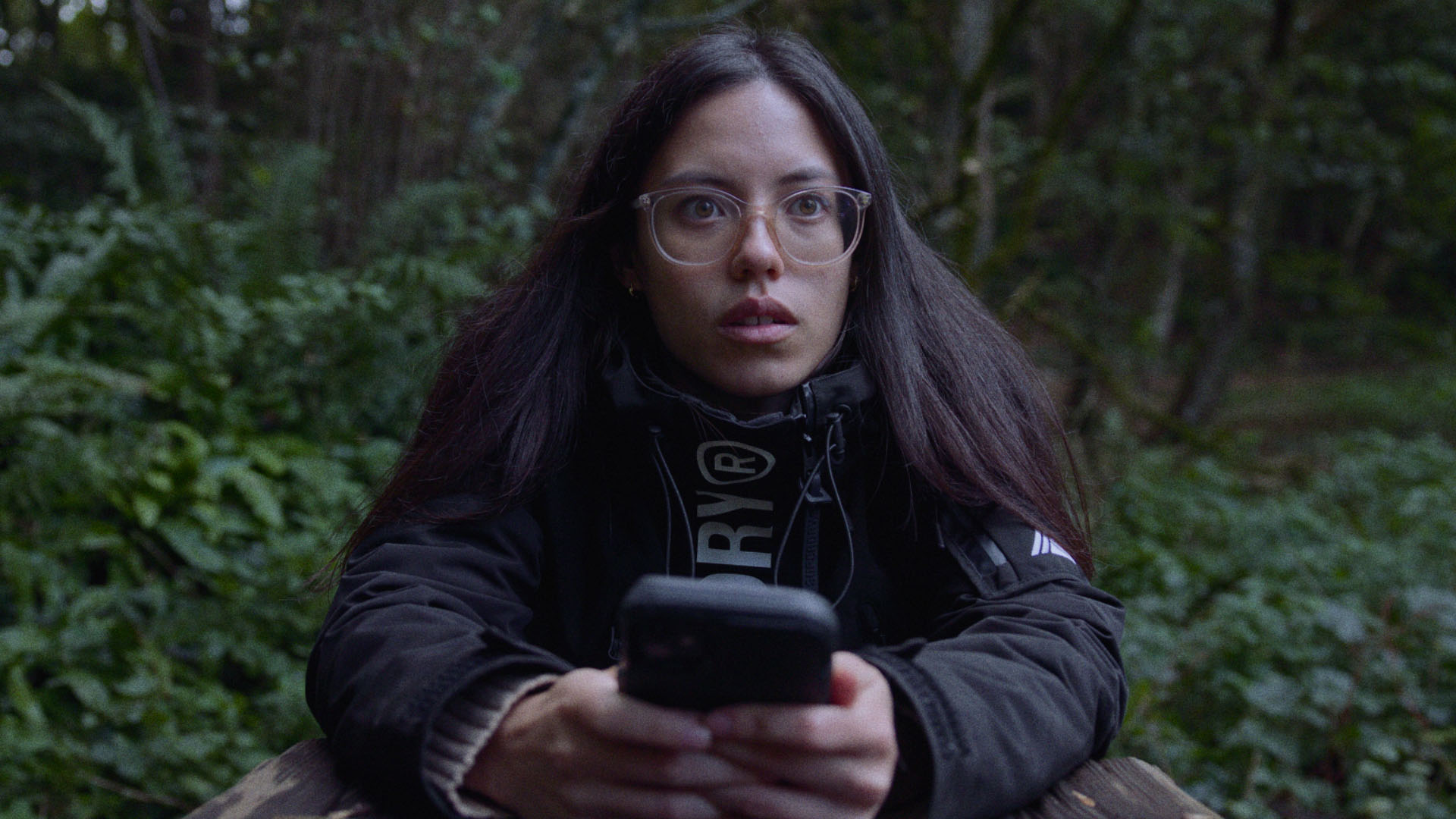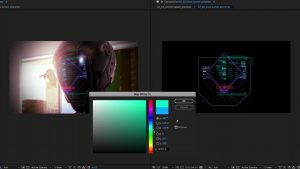The POV push-in is a staple of the horror genre. Here’s how to use it in your next project.
A “genre convention” refers to the specific elements, characteristics, and techniques that are commonly accepted and expected within a particular type of artistic work. These conventions are the criteria that audiences use to identify a work as belonging to a particular genre.
Horror is rife with them: music, color, character archetypes, sound effects, locations, and more. If a protagonist enters an old abandoned house and the music starts to swell, the genre convention signals that something is about to happen, heightening tension and putting us on the edge of our seats.
Numerous camera angles are used in horror to instill fear, like the voyeuristic POV shot that lets the audience know the victim is close to the killer. But one of the more subtle techniques, which can be easily replicated at home, is the POV push-in. It’s a staple in the horror genre. It involves cutting between a character and their point of view (POV), usually focused on an approaching danger. This technique is effective because we slowly track toward both the looming threat and the character.
By doing this, two things happen thematically: Moving the camera forward mimics the sensation of a character (or the viewer) moving closer to a threat. We know whatever lurks in the shadows is likely dangerous. In the reverse shot, as we move towards the characters, the composition isolates them, suggesting they’re trapped. This brings us into the character’s personal space, making the danger feel more immediate. For no-budget filmmakers, this is a simple technique to employ without splurging on locations and costumes.
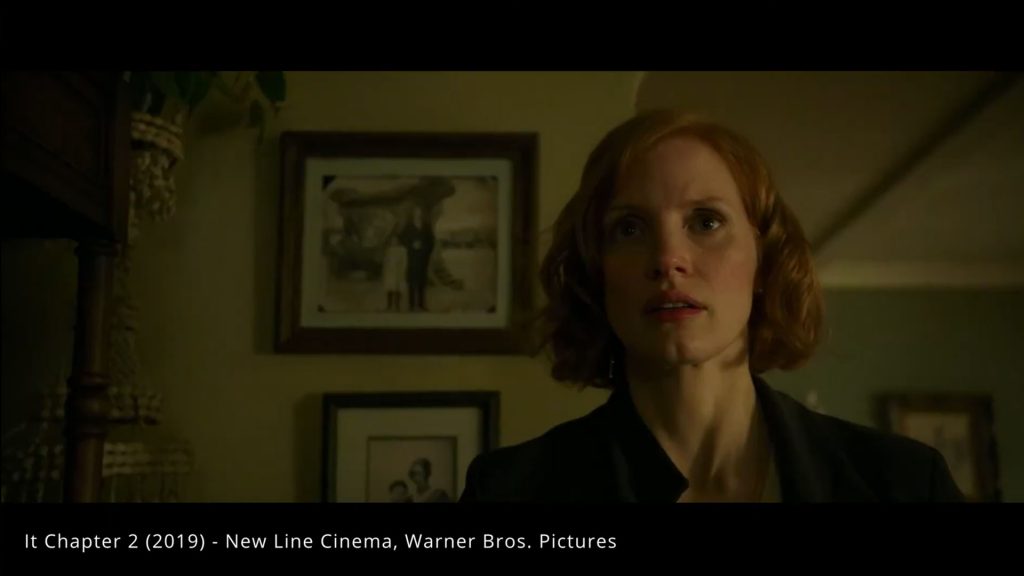
Here’s how:
In the video tutorial, we have a character walking in broad daylight through the forest. As she does, she hears a sound emanating from an abandoned ruin. Without the slider (see the video), the scene appears quite ordinary. However, the tension can be significantly heightened with a slider.
For this, you would need a tool like a slider or, if available, a dolly. I wouldn’t necessarily recommend using a gimbal due to the sway associated with it, which might be off-putting for this particular technique. Another option is to zoom in with the camera lens or digitally.
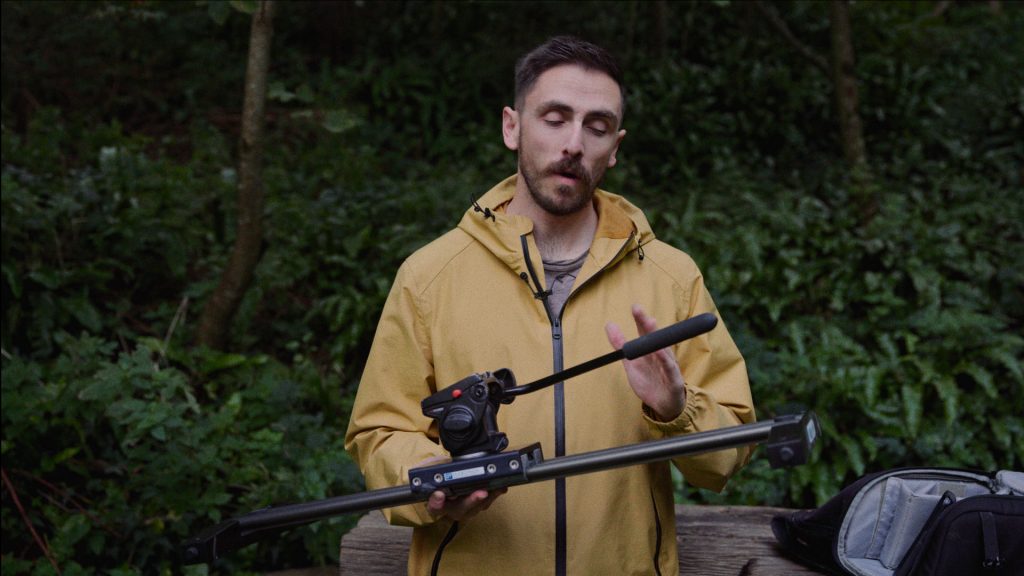
Now, when you utilize a slider with a slow push-in, the difference in the scene’s intensity is palpable. This increased tension is because, as mentioned earlier, we’re moving the camera towards the perceived threat, isolating the character in the frame and thereby making the looming danger feel closer and more immediate to her.
Typically, there’s an edit sequence associated with this technique. Let’s further explore this in post-production.
- Start with your character reacting to something off-screen (Shot A) in a static position.
- Capture their Point of View (Shot B) from:
- A static frame.
- Transitions into a slow track forward.
- When cutting back to Shot A:
- Ensure the shot is already in motion towards the character.
- This maintains fluidity.
- Switching back to Shot B should:
- Bring the viewer closer to the implied danger.
- Decide how often to cut between these shots, but remember, less can be more.
- It’s crucial to:
- Ensure a payoff at the end of the sequence.
- The audience expects a culmination.
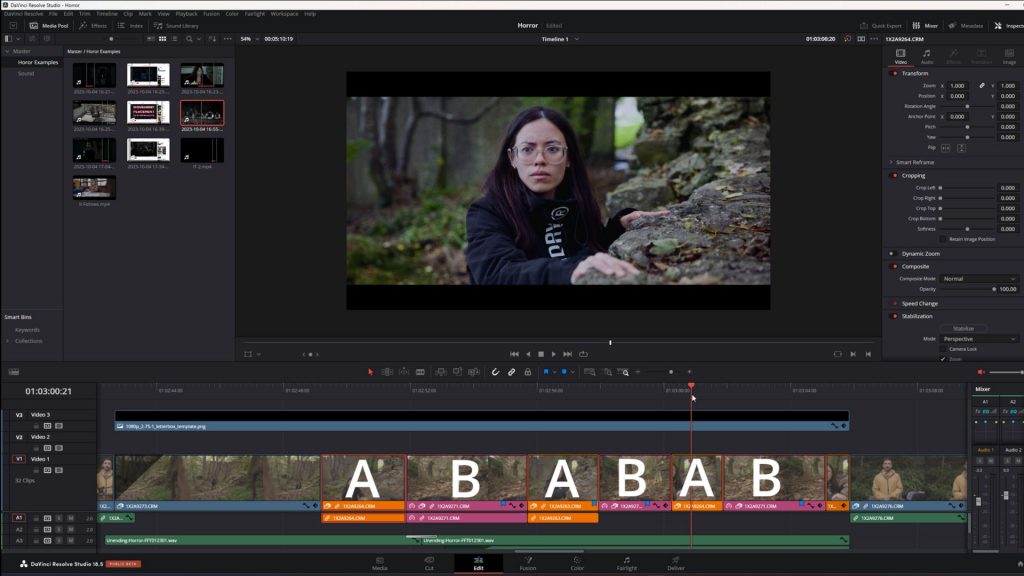
Regarding zooms, the horror film “It Follows” frequently utilizes them. It’s a time-tested technique distinct from a track forward but can create better tension than a static shot.
- Select the clip on your timeline.
- Determine the final frame position.
- Zoom in and adjust the position as needed.
- Set a keyframe for both the zoom and position.
- Return to the clip’s start and reset values to 0.
Compared to an actual dolly shot, the two techniques have a distinct visual difference. While the dolly shot physically moves closer to the subject. Zooming magnifies the image, but the distance between the character and the camera remains constant.
In the labyrinth of film techniques, understanding and harnessing genre conventions can truly set a scene apart. The world of horror thrives on these, from the spine-chilling music cues to the creeping POV push-ins that place us, the viewers, directly into the heart of the suspense. Even with limited resources, these tried-and-true methods, when executed with precision, can evoke a palpable tension that leaves viewers white-knuckled. It’s in these subtleties, these small cinematic choices, where true horror thrives.
Looking for filmmaking tips and tricks? Check out our YouTube channel for tutorials like this . . .
